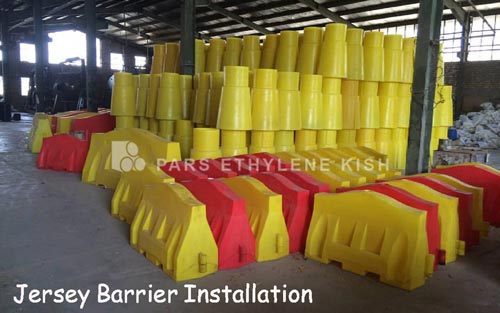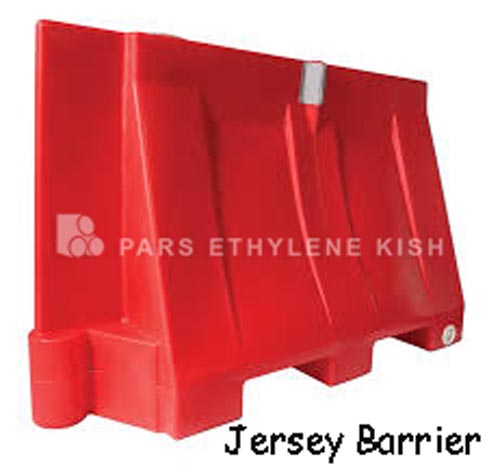Jersey Barrier Installation: A Comprehensive Guide
Introduction:
As urbanization continues to expand and traffic management becomes an increasing concern, the role of jersey barriers in ensuring safety and efficiency cannot be overstated. As a specialist professor in the field of barrier installation, I have dedicated years of research and experience to understanding the principles and intricacies of effective jersey barrier deployment. In this article, we will explore the key considerations and principles related to jersey barrier installation that not only provide physical protection but also contribute to the overall urban landscape.

1. Site Assessment and Planning:
Before embarking on jersey barrier installation, a thorough site assessment is essential. Factors such as road design, traffic flow patterns, and pedestrian movement must be carefully evaluated. Understanding the specific requirements of the site will inform decisions regarding barrier placement, spacing, and length. Additionally, any potential obstacles or hazards should be identified to ensure optimal barrier positioning for maximum effectiveness.
2. Barrier Selection:
Jersey barriers are available in various materials, including concrete, plastic, and metal. Each material has its own advantages and disadvantages, which must be carefully weighed during the design process. Concrete barriers are known for their strength and durability, while plastic barriers offer ease of transportation and installation. Metal barriers strike a balance between strength and aesthetic appeal. Material selection depends on factors such as budget, expected lifespan, and desired visual impact.
3. Installation Techniques:
Proper installation techniques are crucial for the stability and effectiveness of jersey barriers. The process involves excavation, foundation preparation, and secure placement of the barriers. The use of suitable equipment and adherence to industry standards is vital to ensure structural integrity. It is also important to consider the appropriate anchoring methods based on soil conditions and barrier height. A well-executed installation enhances the barrier's ability to withstand impact and protect against potential hazards.
4. Integration with Road Infrastructure:
Seamless integration of jersey barriers with existing road infrastructure is essential for a cohesive and harmonious urban environment. Barrier alignment should follow the natural contours of the road, and proper transitions must be designed to ensure smooth traffic flow. Additionally, the incorporation of reflective elements and warning signs enhances visibility, especially during nighttime conditions. The integration process should also consider the accessibility needs of pedestrians, cyclists, and individuals with disabilities to ensure barrier placement does not impede their movement.

5. Maintenance and Repairs:
Regular maintenance and prompt repairs are critical to the long-term effectiveness of jersey barriers. Routine inspections should be conducted to identify any signs of damage, including cracks, deterioration, or shifting. Any necessary repairs or replacements should be carried out promptly to maintain the barrier's structural integrity. Additionally, vegetation control around the barriers should be regularly performed to prevent obstruction and ensure clear visibility.
6. Safety Measures and Enhancements:
Jersey barrier installations should prioritize safety for both drivers and pedestrians. The incorporation of additional safety features, such as reflective tapes, delineators, and signage, enhances visibility and reduces the risk of accidents. Illumination can be considered for barriers located in areas with low lighting conditions. Furthermore, advanced technologies like intelligent transportation systems and vehicle-activated warning systems can be integrated into the barrier design to provide real-time information and further enhance safety.
Conclusion:
Effective jersey barrier installation requires a deep understanding of traffic management, safety regulations, and aesthetic considerations. By carefully defining objectives, selecting appropriate materials, considering shape and integration, ensuring safety features, and implementing proper installation techniques, we can create barriers that effectively fulfill their intended functions while contributing to the overall visual appeal of our cities. As an expert professor in this field, I encourage continuous research and innovation to constantly improve the design and performance of jersey barriers, ultimately making our roads safer and our cities more secure.
Read more:
Installation Guidelines for PE PipePolyethylene Pipe (PE pipe)
Polyethylene fittings